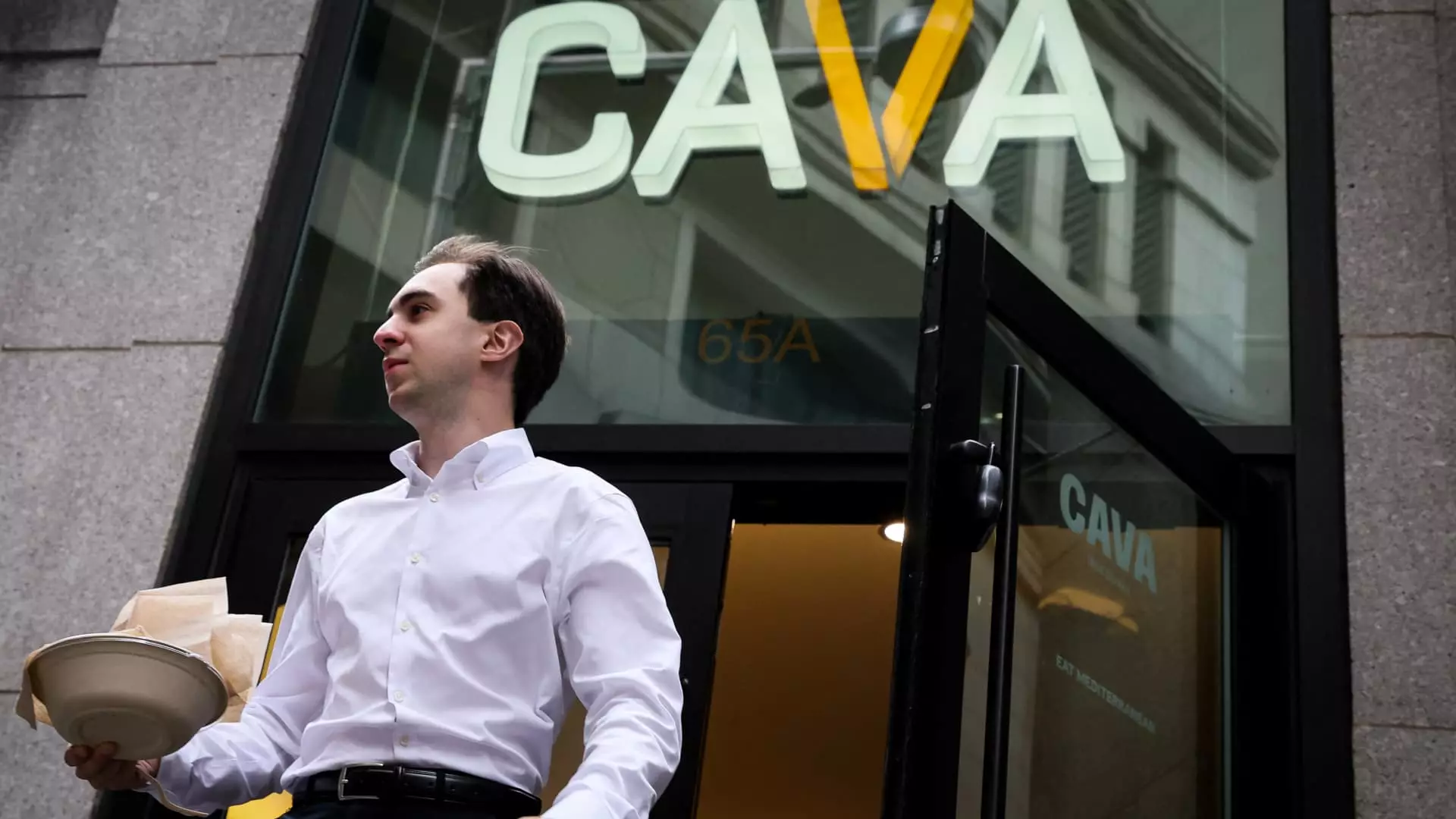In an era marked by economic turbulence and consumer caution, the restaurant industry is witnessing an unprecedented reliance on loyalty programs. What once served as a supplementary perk has transformed into an indispensable tool for survival. This shift isn’t merely about incentivizing repeat business; it’s a strategic response to evolving consumer behaviors that prioritize value and perceived reward over sheer convenience. Big players like Starbucks and Chipotle showcase this shift vividly, leveraging sophisticated loyalty tactics not only to maintain market share but to deepen their hold over customer habits.
However, this dependence raises critical questions about the sustainability of such strategies. Are these programs a genuine solution to economic setbacks, or are they merely a band-aid that risks masking deeper issues like declining traffic and diminishing brand appeal? With consumers growing more selective and return visits becoming less guaranteed, brands are increasingly betting on the emotional and perceived value wrapped within rewards. Yet, this approach risks creating a cycle where brands perpetuate an expectation of freebies and discounts, undermining profitability and long-term viability.
Are Loyalty Programs a Double-Edged Sword?
The acceleration of rewards-driven marketing comes with inherent risks, especially in an industry notorious for razor-thin margins. While initial metrics show promising boosts in customer engagement—such as Starbucks boasting over 34 million active rewards members—the broader picture complicates this narrative. Persistent declines in same-store sales for giants like Starbucks and Chipotle indicate that loyalty can’t entirely compensate for economic headwinds or changing consumer preferences.
Loyalty programs may temporarily increase foot traffic and frequency, but they threaten to cultivate a cheapened brand experience. When consumers come to expect frequent discounts or free items, maintaining pricing power becomes a challenge. Moreover, the costs associated with these incentives—free meals, in-app rewards, special promotions—eat into profit margins, creating a precarious balancing act. For smaller chains striving to expand rapidly, the temptation to over-rely on these perks can foster a fragile customer base that is more loyal to free giveaways than to the brand’s core value proposition.
Furthermore, the innovation in rewards—such as Cava’s flexible points system and Potbelly’s coin-based redemption—conflicts with consumers’ desire for simplicity amid an already confusing digital landscape. Paradoxically, the complexity of some programs might dilute their effectiveness, turning what should be an engaging experience into a frustrating chore. While brands craft creative campaigns meant to resonate emotionally—like Cava’s playful mascot or Chipotle’s “Summer of Extras”—these efforts might backfire if consumers perceive them as gimmicks rather than meaningful benefits.
The Illusion of Long-Term Loyalty Amid Short-Term Gains
A significant flaw in the current loyalty-centric approach is the assumption that transactional incentives directly translate into genuine brand loyalty. Unfortunately, many consumers are becoming more savvy and less swayed by superficial rewards. They recognize that these perks are often temporary solutions that mask deeper issues—like stagnant menus, lack of innovation, or inconsistent service quality.
Brands such as Sweetgreen exemplify the attempt to recalibrate their loyalty strategy by removing complex tiers in favor of straightforward value—yet even these changes are preemptive measures rather than evidence of a fundamentally strong brand-customer relationship. The move towards simplicity signals an awareness that overly intricate programs can alienate or confuse consumers, rendering loyalty a fleeting illusion.
Additionally, the heavy emphasis on digital rewards and gamification raises questions about inclusivity and accessibility. Are these programs genuinely fostering a broader community or simply segmenting customers into different tiers of engagement? The risk is that brands may inadvertently prioritize ‘super-users’—the most engaged—and neglect the casual diners whose loyalty is more volatile.
Center-Left Perspective: A Necessary but Fragile Strategy
From a center-leaning liberal viewpoint, the widespread adoption of loyalty programs is a pragmatic acknowledgment of difficult economic realities. They foster a sense of ongoing relationship between brand and consumer, which can be beneficial during downturns. When designed thoughtfully, these programs have the potential to promote more sustainable buying habits and reduce impulsive spending that often leads to waste or dissatisfaction.
Yet, this strategy cannot ignore the broader ethical implications. The industry’s reliance on free rewards and discounts might contribute to a culture of consumer entitlement, where customers expect perpetual freebies and compromises to value. This environment can lead to a race to the bottom, pressuring margins and squeezing smaller players who may lack the scale to sustain frequent discounts.
A center-left perspective advocates for a more balanced approach: loyalty should enhance genuine relationships and community-building rather than serve as a short-term fix for declining sales. This means investing in meaningful customer engagement, quality ingredients, and transparent communication, rather than overzealous deployment of rewards as a quick fix. Loyalty programs should be guides—not crutches—in fostering authentic connections that benefit both consumers and businesses over the long haul.
Final Thoughts: Navigating Loyalty’s Promises and Pitfalls
The evolving landscape of fast-casual dining demonstrates that loyalty programs are more than mere marketing gimmicks; they are strategic tools that can either bolster or undermine a brand’s future. While they offer tangible benefits—more frequent visits, higher spending, and increased digital engagement—these come with significant risks if overused or poorly designed. The industry’s challenge lies in striking a thoughtful balance: leveraging rewards to deepen relationships without sacrificing profitability or integrity.
Ultimately, loyalty programs are a reflection of broader shifts in consumer expectations—demanding value, personalization, and genuine connection. Brands that succeed will be those who recognize that these programs shouldn’t merely be transactional enticements but opportunities to cultivate trust and loyalty rooted in authenticity. The danger for many, however, remains in the temptation to chase short-term boosts at the expense of long-term trust. In this delicate dance, only those who are willing to innovate responsibly—and prioritize meaningful engagement—will emerge resilient in an uncertain future.

Leave a Reply